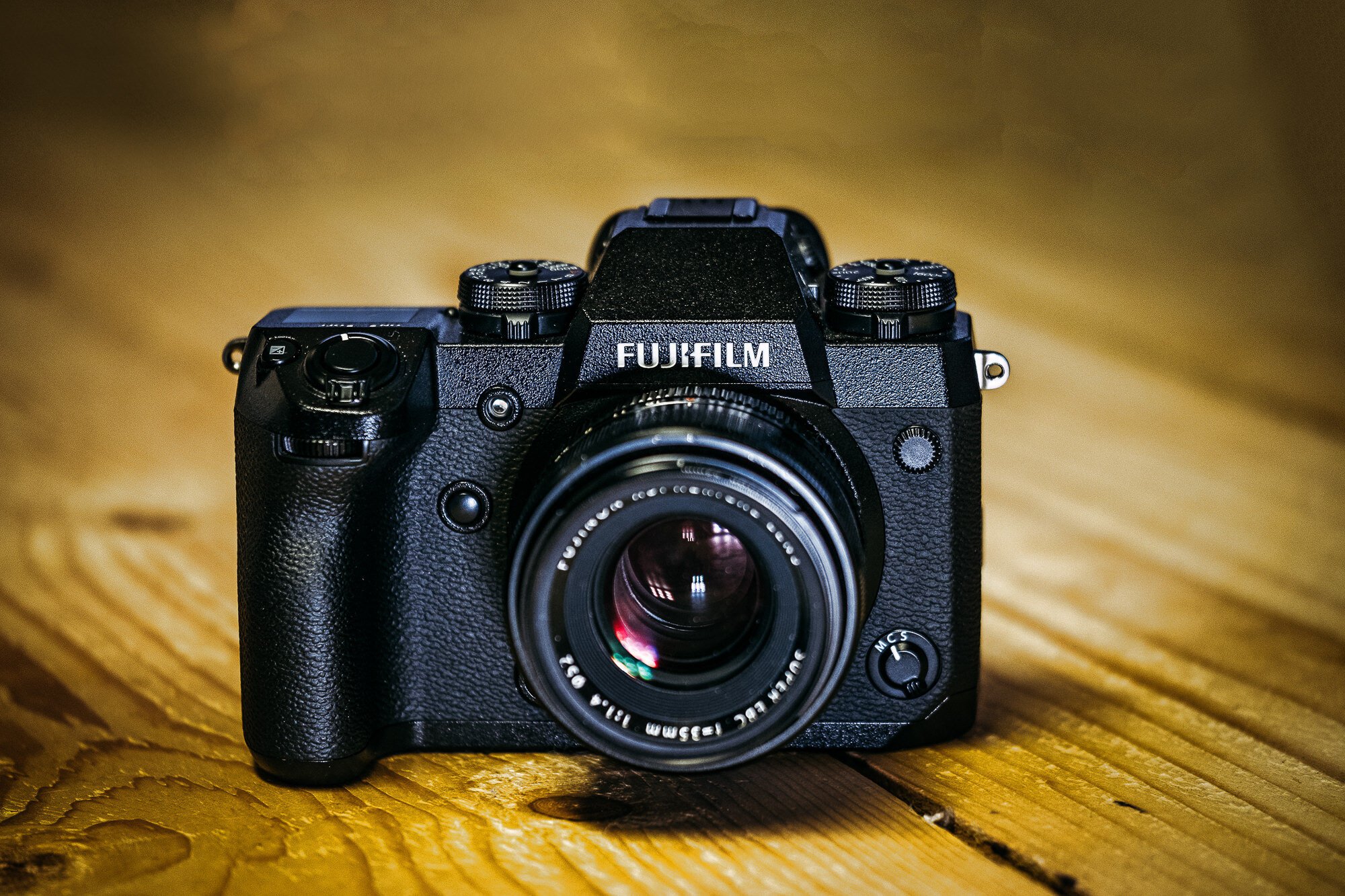When a Camera Looks Perfect on Paper but Fails in Your Hands
Every so often, a camera appears that seems, on paper at least, to tick every single box.
The spec sheet looks brilliant, the marketing is slick, and everyone on YouTube is calling it “the perfect everyday body”.
Then you actually pick it up, use it for a week, and… something just doesn’t sit right.
I’ve had that moment with a few cameras over the years (X-H1 for example), and I think a lot of photographers quietly have too.
Fujifilm’s newer bodies are full of clever tech – the latest processors, subject detection, frankly ridiculous dynamic range for APS-C – but that doesn’t automatically mean a particular body is the right fit for the way you work.
I’m not especially interested in arguing for or against a single model. What interests me is the gap between specs and experience. I’ve shot weddings, street, family and commercial work through several generations of Fujifilm cameras, and if there’s one thing I keep coming back to, it’s this: the cameras I keep reaching for are the ones that stay out of my way.
That has very little to do with whether the body has the fanciest AF mode or the latest buzzword processing. It has everything to do with how quickly my fingers find the controls, how confidently I can work without taking the camera from my eye, and whether I trust it to react in the same way every single time.
This is where I think many people get caught out. They buy the “hot” new body in the system they already use, assuming it will be an automatic upgrade. Later, they realise that although the files are a little crisper and the spec sheet is shinier, their hit rate hasn’t improved and, if anything, they feel a bit slower.
So, what do you actually do with that?
First, I’d stop worrying about whether you’re “missing out” by not owning the latest body. Instead, ask a much more boring question: Does this camera make light, composition and moment easier for me to notice and respond to? If the answer is “not really” after a month of use, it’s probably the wrong tool, no matter what the internet says.
Second, if you’re already invested in Fujifilm, think of the system as a set of personalities rather than a ladder.
The X-T line is very direct and workmanlike – brilliant for fast, responsive wedding work where you want dedicated dials and a robust body.
The X-Pro line is, for me at least, more contemplative and suited to street and slower documentary.
The X100 series is like a sketchbook you carry everywhere. A smaller body that tries to do a bit of everything will appeal to some photographers and irritate others, and that’s fine.
Third, if you’re tempted by a new body after reading a strongly emotional review – positive or negative – force yourself to test it in your normal conditions. Not a quick wander down the high street, but an actual piece of work: an engagement shoot, a family session, a personal documentary project.
Set it up as close as you can to your usual cameras, and see how many times you have to stop and think. The more you’re conscious of the camera, the more it gets in the way.
And finally, remember that no single camera is going to transform your photography. At best, it will remove a bit of friction. At worst, it will introduce new friction you didn’t have before.
If you already own a body that you can operate almost subconsciously, one that lets you move through a wedding day or a city street without constantly fiddling, that’s worth more than any new autofocus mode.
So when you see another “I wanted to love this camera, but…” headline, don’t panic and don’t gloat. Just ask yourself whether your current setup is helping or hindering the way you like to work.
If it’s helping, carry on. If it’s hindering, don’t be afraid to trade a little bit of headline-grabbing tech for something that simply feels right in your hands.
Your clients won’t care what’s in the EXIF – they’ll care that you were present enough to see the moment.
Kevin - 🔉Listening to Louis Theroux: “The thing that makes me great at work, makes me bad at life”


